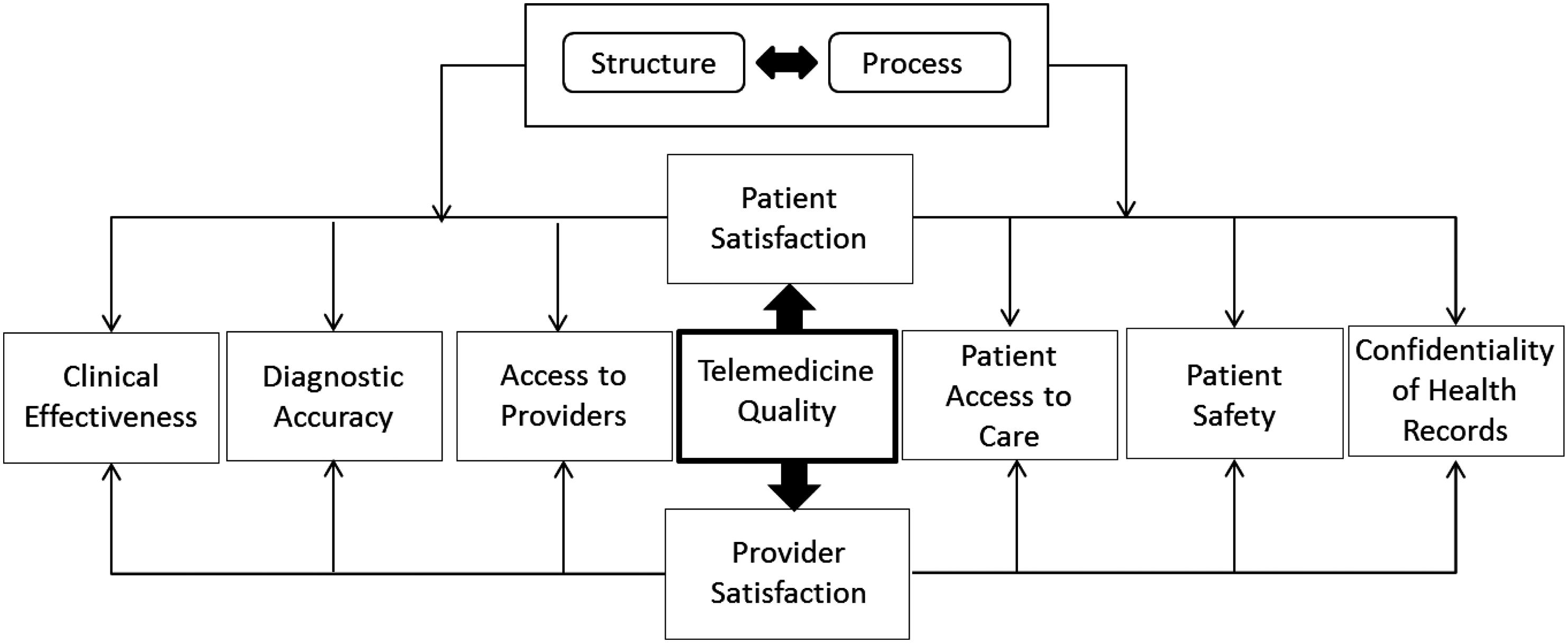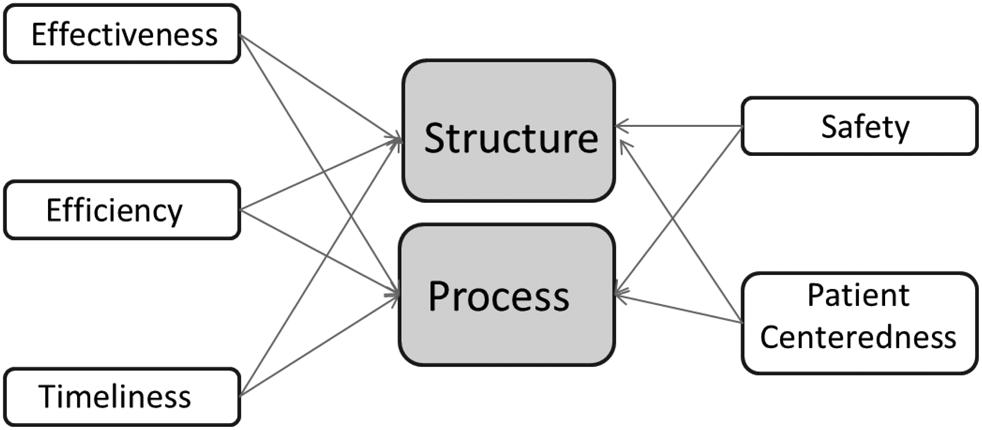
1 minute read
Care for the “Whole Person”
improve patient safety (Kohn et al., 2000). The absence of patient safety is a non-starter in any attempt to measure value. Patient safety refers to how hospitals and other healthcare organizations protect their patients from errors, injuries, accidents, and infections. While many hospitals are good at keeping their patients safe, some hospitals are not. According to Leapfrog Hospital Safety Grade, many hospitals in the United States have safety records that would not be tolerated in any other industry. The statistics are alarming:
◾ As many as 440,000 people die every year from hospital errors, injuries, accidents, and infections ◾ Every year, one out of every twenty-five patients develops an infection while in the hospital—an infection that did not have to happen ◾ A Medicare patient has a one in four chance of experiencing injury, harm, or death when admitted to a hospital ◾ Today alone, more than 1,000 people will die because of a preventable hospital error
Advertisement
Of all the members of the healthcare team, nurses play a critical role in ensuring patient safety by monitoring patients for clinical deterioration, remaining vigilant in detecting errors and near misses, and performing other life-saving acts to ensure patients receive safe care. An excellent patient safety program requires the involvement of all staff—clinical and non-clinical, as well as great leadership.
While a clinician’s focus should be on the outcomes associated with a patient’s condition, there are several other factors that affect the “whole person.” A 2008 IOM report accurately describes the fears and worries that accompany most life-threatening illnesses, regardless of the diagnosis. These include basics like:
◾ The physical pain and exhaustion of the condition and its treatment ◾ Not understanding the diagnosis, treatment options, and how to manage one’s illness and overall health ◾ Not having family members or other people who can provide emotional support and practical day-to-day help, such as performing important household tasks





